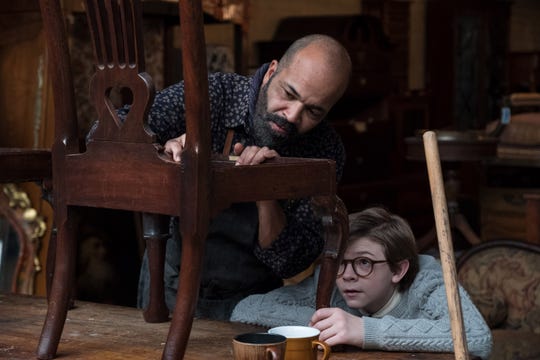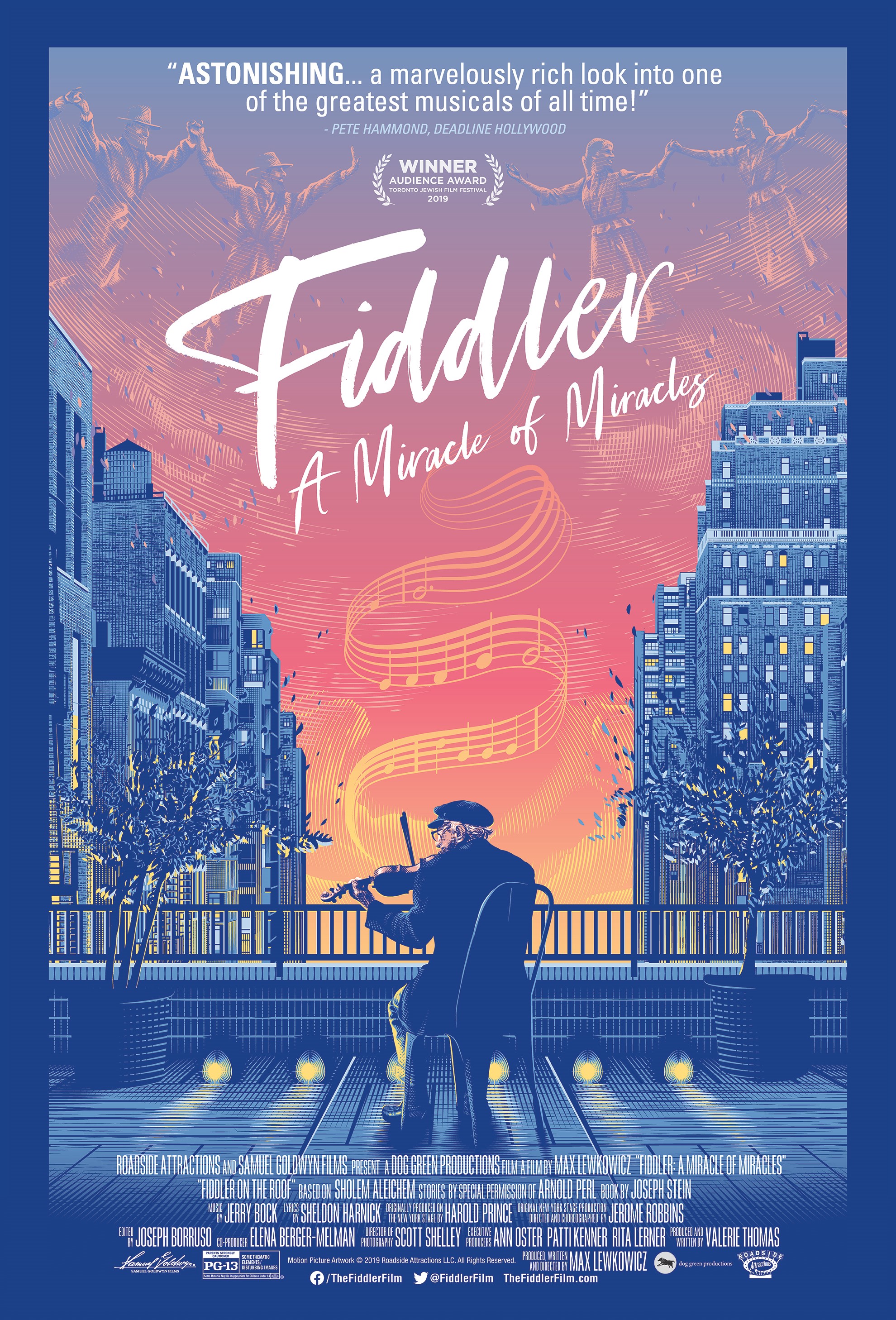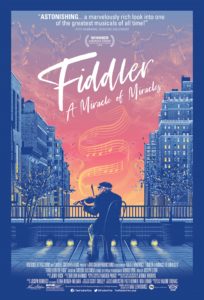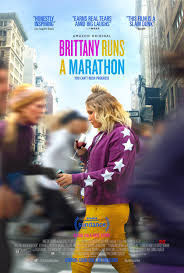The Goldfinch
Posted on September 12, 2019 at 5:25 pm
C| Lowest Recommended Age: | Mature High Schooler |
| MPAA Rating: | Rated R for drug use and language |
| Profanity: | Strong language |
| Alcohol/ Drugs: | Drinking and drug use by adults and teens |
| Violence/ Scariness: | Terrorism and crime-related violence, drunk driving, child abuse, characters injured and killed including death of five different parents |
| Diversity Issues: | None |
| Date Released to Theaters: | September 13, 2019 |

There are three major problems with “The Goldfinch,” based on the Pulitzer Prize-winning novel by Donna Tartt. The first is that it is long, nearly two and a half hours. The second is that it is dull, so it seems much longer. And the third is that it is a mess, and not in an interesting way. It tries very hard to be many things all at once — to be meaningful, to be significant, to be dramatic, to be exciting, and to illuminate issues of grief and loss and love and identify. Most of all it aspires to be an awards-worthy film, as the adaptation of an acclaimed literary work should be. But it succeeds at none of them.
What it does have are way too many of the indicators of pretentiousness and of telling (which is what books do) instead of showing (which is what movies do, the good ones anyway). Every item on the check list gets ticked off as the film lumbers on: affectedly literary voiceovers with aphoristic sounding observations that are not especially illuminating or insightful, a pinkly pinkly piano on the soundtrack, flashbacks, and w world where even in New York City our character just keep running into each other all the time because there are only six people in the world and everyone else is just background.
Theo (Oakes Fegley as a boy, Ansel Elgort as an adult) and his mother were at the Metropolitan Museum of Art when his mother and many other visitors were killed in a terrorist bombing attack. Theo blames himself, because his mother was only there with him because she was on her way to see the principal about a bogus complaint that Theo had been smoking at school. Or, perhaps he blames himself because he lagged behind while she went on to the next room because he was mesmerized by a pretty red-headed girl. Or, it could be he blames himself just because he survived and she did not. In the chaos following the explosion, we will learn, Theo had an odd but portentous conversation with a man who was dying. And, in one of the defining moments of his life, Theo took a small, priceless painting from the museum, a picture of a goldfinch.
Theo initially stays with a wealthy, cultured family (headed by Boyd Gaines and Nicole Kidman), then in Nevada the feckless, alcoholic father who had abandoned him (Luke Wilson), then a kindly antique dealer/restorer (Jeffrey Wright) connected to the man whose death Theo witnessed in the museum and the girl who caught his attention just before the blast. He is befriended by a skinny Ukranian immigrant in his class named Boris (“Stranger Things'” Finn Wolfhard as a boy, Aneurin Barnard as an adult), who has the pale skin and unruly hair of Edward Scissorhands. Events lumber forward without any real emotional connection, only hammered-home reminders that life is fragile, grief is inevitable, and a leaf may wilt but a painting of a leaf will not, though it can be stolen.
There. I just saved you a soapy 2 1/2 hour slog capped with a preposterous shoot-out. You’re welcome.
Parents should know that this film includes terrorism and crime-related peril and violence, drunk driving, characters injured and killed including deaths of five parents, child abuse, attempted suicide, drinking and drug use by children and adults, and strong language.
Family discussion: Why did Theo take the painting? Why was the wilted leaf in the painting important? Why didn’t Boris join Theo in New York?
If you like this, try: the book by Donna Tartt and the book and movie “Extremely Loud and Incredibly Close” (also featuring Jeffrey Wright),



 “Fiddler on the Roof” opened on Broadway in 1964 and every single day in the over half a century since then it has been performed somewhere. Even more impressive, it has been performed pretty much everywhere, and is currently back in New York with an off-Broadway all-Yiddish version directed by Joel Gray. In this engaging new documentary about the history and continuing cultural vitality of the musical based on the stories of Yiddish author Sholom Aleichem about the families in a Russian Jewish shtetl, we see productions in Japan, Thailand, and in a student production with an all-black and Latinx cast. We see Puerto Rican “Hamilton” creator Lin-Manuel Miranda singing “To Life” to his Dominican/Austrian-American bride at their reception, in a YouTube video with over 6.5 million views.
“Fiddler on the Roof” opened on Broadway in 1964 and every single day in the over half a century since then it has been performed somewhere. Even more impressive, it has been performed pretty much everywhere, and is currently back in New York with an off-Broadway all-Yiddish version directed by Joel Gray. In this engaging new documentary about the history and continuing cultural vitality of the musical based on the stories of Yiddish author Sholom Aleichem about the families in a Russian Jewish shtetl, we see productions in Japan, Thailand, and in a student production with an all-black and Latinx cast. We see Puerto Rican “Hamilton” creator Lin-Manuel Miranda singing “To Life” to his Dominican/Austrian-American bride at their reception, in a YouTube video with over 6.5 million views.



